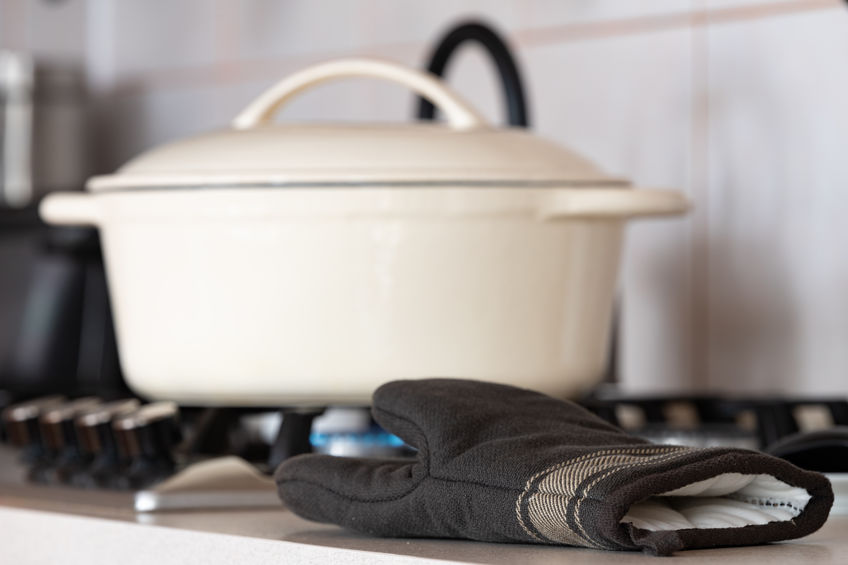National Burn Awareness Week February 5th – 11th “Scalds: Hot Liquids Burn Like Fire!”

According to the American Burn Association (ABA), burn injuries remain one of the leading causes of accidental death and injury in the U.S. with children, the elderly, and the disabled most vulnerable to burn injuries. Primary causes of these types of injuries are fire-flame, scalds, contact with hot objects, electrical and chemical; these occur mostly in the home.
In 2020, of the hospitals that reported treatment of burn-related injuries to the ABA, approximately one-third were scalds. Today, due to significant research and medical advances, 96.8% of individuals who suffer burn injuries will survive but will have endured serious scarring, life-long physical disabilities, and adjustment difficulties.
Each year, during the first full week of February, National Burn Awareness Week is observed. This year’s theme, “Scalds: Hot Liquids Burn Like Fire!”, will take place February 5th – 11th to address prevention of scald injuries caused by hot liquids, steam, and hot bath water. As a result of burn safety education and prevention efforts, the number of individuals who suffer burns is decreasing. Listed below are a few simple safety tips to prevent scald injuries:
- The best time to cook is when you are wide awake, and not drowsy from medications or alcohol.
- Microwaved food can be hot enough to cause a burn. ALWAYS open lids away from your body.
- ALWAYS wear oven mitts when taking food out of the oven or microwave.
- When heating food in the microwave, use microwave safe cookware that allows steam to escape.
- Allow food to rest before removing from the microwave.
- Wear short or close-fitting sleeves when cooking.
- Keep a pan lid and dry potholders or oven mitts near you EVERY time you cook.
- Turn pot or pan handles toward the back of the stove.
- Cook on the back burners of the stove when possible.
- When frying, use a pan lid or splash guard to prevent grease splatter.
- Establish a “kid-free zone” of at least 3 feet around the stove and areas where hot food or drink is prepared or carried.
- Keep hot foods and liquids away from table and counter edges.
- Never hold a child while you are cooking, drinking a hot liquid, or carrying hot foods or liquids.
- Heat baby bottles by placing them into a cup of warm water instead of using the microwave.
- Check the water temperature before getting into the tub or shower or soaking in a basin.
- When bathing a baby, child, or adult be sure to run your hand through the water to ensure there are no hot spots that could cause injury.
- When using a travel mug, use a tight-fitting lid to prevent a burn if the cup tips over.
Acting Chief James Forgo, of the Prince William County Fire and Rescue System, states, “Help Us, Help You, to avoid injuries or worse, by taking the necessary precautions when cooking, handling hot food, hot objects, hot liquids, and using hot tap water.”
For more information on burn awareness and preventing burn injuries, visit the American Burn Association www.ameriburn.org and the New York-Presbyterian Weill Cornel Medical Center Burn Safety and Prevention - NewYork-Presbyterian (acquia-sites.com).